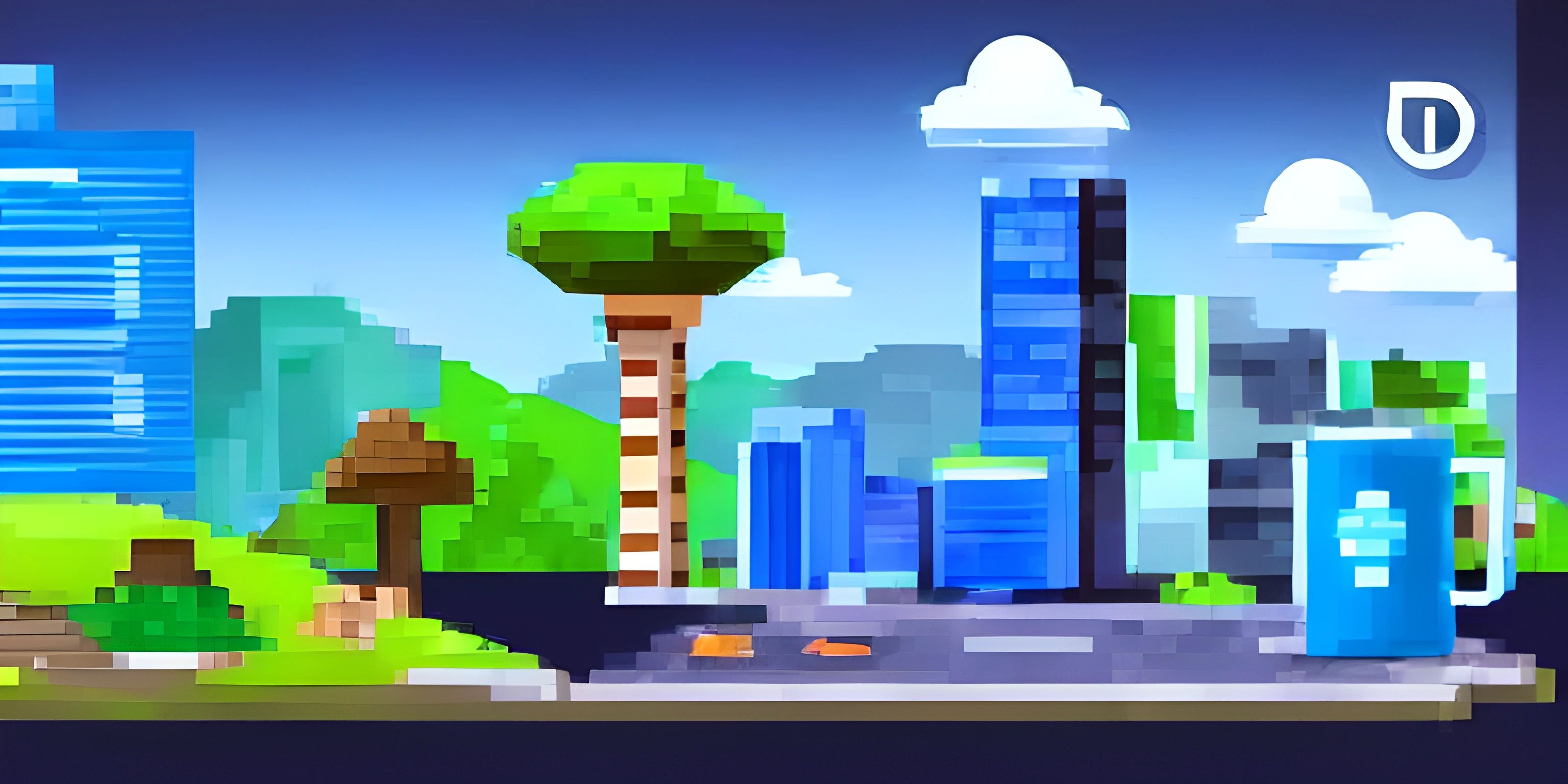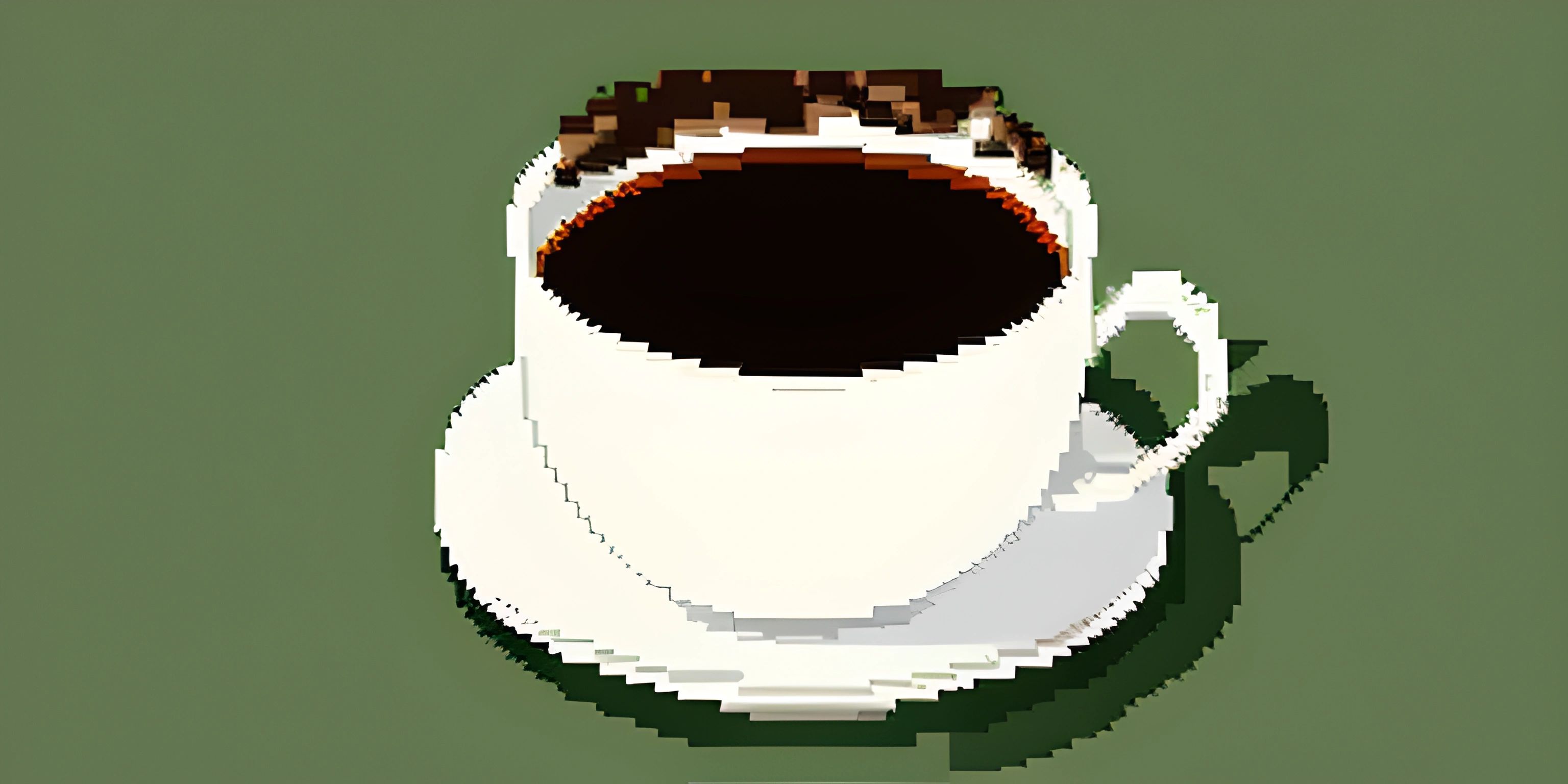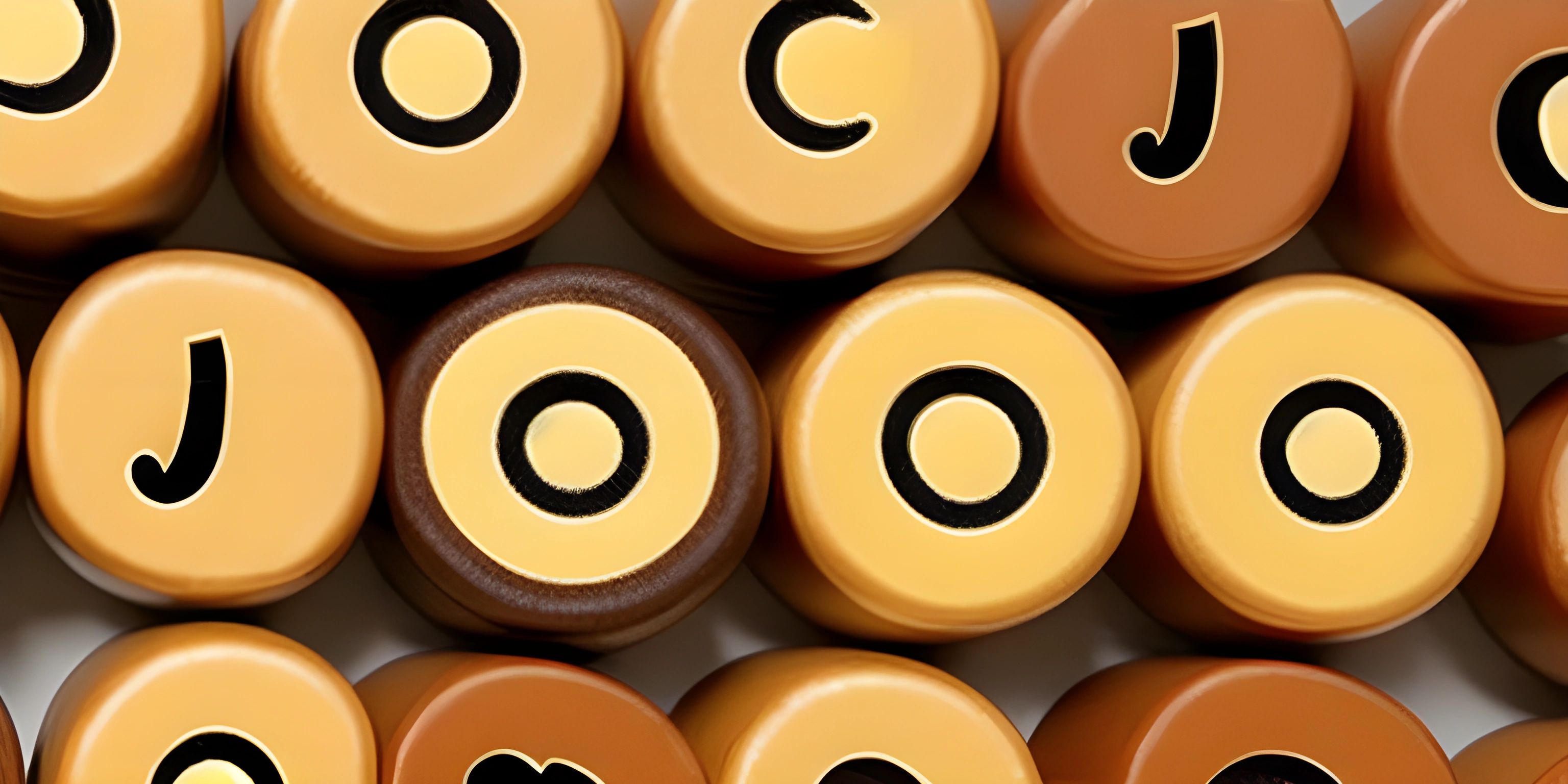Java Development Kit

Note: this page has been created with the use of AI. Please take caution, and note that the content of this page does not necessarily reflect the opinion of Cratecode.
If you're venturing into the world of Java programming, you'll inevitably come across the Java Development Kit (JDK). It's like the Swiss Army knife for Java programmers, providing an array of essential tools and resources to streamline the development process. So buckle up and let's dive into the fascinating world of the JDK!
What is the Java Development Kit (JDK)?
The Java Development Kit (JDK) is a software bundle that provides all the necessary components needed to develop, compile, and run Java applications. It includes the Java Runtime Environment (JRE), Java Virtual Machine (JVM), a Java compiler, and a vast collection of Java libraries.
Java Runtime Environment (JRE)
The Java Runtime Environment (JRE) is the backbone of your Java applications. It includes the necessary libraries and components that allow your Java programs to run smoothly. The JRE is a part of the JDK but can also be distributed separately.
Java Virtual Machine (JVM)
The Java Virtual Machine (JVM) is the engine that powers Java applications. It's responsible for converting Java bytecode into machine code, allowing programs to run on any platform. Think of the JVM as the interpreter who translates your Java code into a language your computer can understand.
Java Compiler
The Java compiler, javac, is a vital part of the JDK. It's the tool that transforms your Java source code into Java bytecode. With a simple command, the compiler takes your beautifully crafted Java code and converts it into a format that the JVM can execute. Ain't that magical?
Java Libraries
One of the reasons Java is so popular is its vast ecosystem of libraries. The JDK provides a wide range of libraries that make it easier to perform various tasks, such as networking, file operations, and data manipulation. These libraries save you from reinventing the wheel and help you focus on the core logic of your application. It's like having a treasure trove of shortcuts at your fingertips!
Installing the JDK
To get started with Java programming, you'll need to install the JDK on your computer. The installation process is straightforward and varies slightly depending on your operating system (Windows, macOS, or Linux). Once installed, you'll have access to all the powerful tools and resources the JDK offers.
Conclusion
The Java Development Kit is an indispensable tool for Java programmers. With its essential components like the JRE, JVM, Java compiler, and the treasure trove of Java libraries, it provides everything you need to develop, compile, and run Java applications. So, now that you're equipped with the knowledge of the JDK, it's time to embark on your Java programming journey and create some amazing applications!
Hey there! Want to learn more? Cratecode is an online learning platform that lets you forge your own path. Click here to check out a lesson: Full-stack Web Frameworks (Next.js) (psst, it's free!).
FAQ
What is the Java Development Kit (JDK)?
The Java Development Kit (JDK) is a software development environment used for developing Java applications and applets. It includes essential tools and libraries needed to compile, debug, and run Java programs. The JDK is an essential component for Java developers and offers a range of tools such as the Java compiler, Java debugger, and Java Runtime Environment (JRE).
How do I install the JDK?
To install the JDK, follow these steps:
- Visit the official Oracle JDK download page: https://www.oracle.com/java/technologies/javase-jdk14-downloads.html
- Choose the appropriate version for your operating system (Windows, macOS, or Linux).
- After downloading the installer, run the installation process by double-clicking the downloaded file.
- Follow the on-screen instructions to complete the installation.
What are the main components of the JDK?
The main components of the JDK include:
- Java Compiler (javac) - Translates Java source code into bytecode, which can be executed by the Java Virtual Machine (JVM).
- Java Debugger (jdb) - A command-line debugging tool that helps developers find and fix errors in their Java programs.
- Java Runtime Environment (JRE) - Contains the Java Virtual Machine (JVM) and Java class libraries, which are required to run Java applications.
- Java API Documentation - Provides detailed information about Java classes, interfaces, and methods.
- Java Development Tools - A set of tools that help developers create, test, and debug Java applications.
What is the difference between JDK and JRE?
The Java Development Kit (JDK) is a software development environment that includes tools and libraries needed to develop Java applications, while the Java Runtime Environment (JRE) is a subset of the JDK that contains only the components needed to run Java applications. In short, the JDK is for developers and includes the JRE, while the JRE is for end-users to run Java applications without the development tools.
How do I compile and run a Java program using the JDK?
To compile and run a Java program using the JDK, follow these steps:
- Open the command prompt or terminal on your computer.
- Navigate to the directory where your Java source code file (e.g.,
HelloWorld.java) is located. - Compile the Java source code using the
javaccommand:
This will generate a bytecode file namedjavac HelloWorld.java
HelloWorld.class. - Run the compiled Java program using the
javacommand:
The output of your Java program should be displayed on the screen.java HelloWorld





